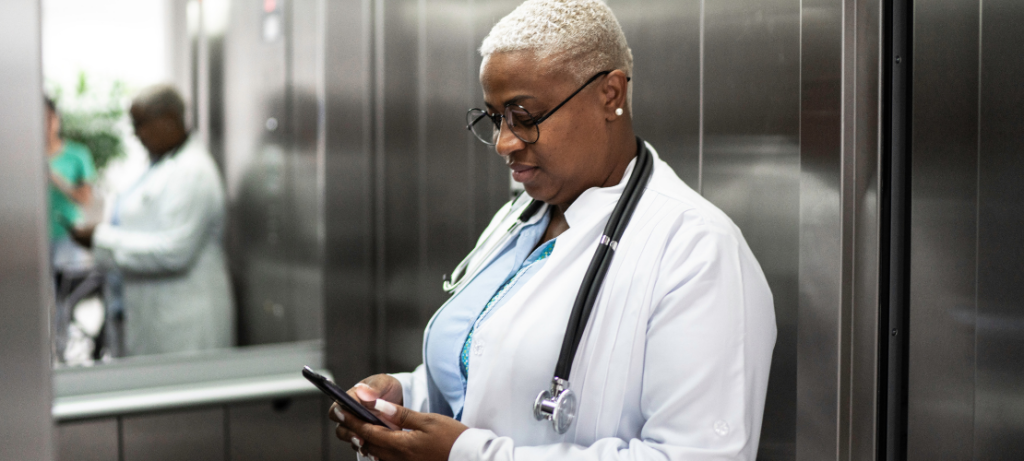It’s almost September, which means National Preparedness Month is coming up! This is a great time for healthcare organizations to review their emergency communication plans, especially given the increasing frequency and severity of natural disasters.
The economic toll of natural disasters has been rising. According to the National Oceanic and Atmospheric Administration (NOAA), the United States experienced a historic number of billion-dollar disasters in 2023. Experts anticipate a further increase in both the frequency and severity of natural disasters in the United States due to climate change.
Healthcare Preparedness: Overcoming Communication Disruptions
Healthcare organizations face unique challenges when it comes to maintaining effective communication during natural disasters. Hospitals and clinics must keep essential communication channels open for patient care, staff coordination, and emergency response.
A comprehensive communication plan includes establishing backup systems, designating communication roles, staff training and drills, investing in reliable communication technologies, and building solid relationships with local emergency management agencies.
After an emergency, a hospital may conduct a post-disaster review process to identify areas of improvement and ensure their facility is better prepared for future emergencies.
Hospital Communication Tech
Hospitals employ a variety of technologies to maintain communication during natural disasters. It’s important for hospitals to have a combination of communication technologies in place to maintain effective communication during a disaster, regardless of the specific circumstances. Some examples include:
- Satellite Phones: These devices provide reliable communication even in areas with damaged infrastructure or limited cellular coverage.
- Radio Systems: Hospitals can utilize two-way radio systems to communicate with staff and external agencies. These systems can be configured to operate on different frequencies and can be used for both voice and data transmission.
- Emergency Alert Systems: These systems can be used to send mass notifications to staff and patients about emergencies or evacuations.
- Cloud-Based Communication Platforms: Cloud-based platforms provide a centralized hub for communication and collaboration. These platforms can be accessed remotely and are often more resilient to disruptions than traditional on-premises systems.
- Secure Messaging Apps: Secure messaging apps offer a reliable and efficient way to communicate during a disaster. Hospitals can use group messaging features to send updates to multiple recipients at once.
- Social Media: Hospitals can use social media platforms to communicate with the public about facility status, services, and safety precautions. This can be particularly useful for providing updates during a disaster when traditional communication channels may be disrupted.
- Public Address Systems: Hospitals can use public address systems to broadcast important messages to patients, staff, and visitors.
[Related: Red Alert Speeds Response in Ricin Incident]
Include Your Hospital Call Center in Emergency Communication Plans
A hospital’s call center plays a crucial role in maintaining communication during emergencies. Your call center serves as a centralized point of contact for patients, families, and the general public, which helps to streamline communication, prevent information overload, and provide the most current info available.
Call center agents can triage incoming calls to prioritize urgent matters and direct callers to appropriate departments or personnel. Customizable call scripts can be updated in real time to ensure every operator, even those working remotely, provide the same essential information to callers.
Healthcare organizations that are equipped with a robust call center platform can automatically maintain essential call-handling functions and notifications with a failover system at a secure, geographically separated location to ensure continued operation during power outages or other disruptions.
By including their call center in emergency communication plans, hospitals enhance their ability to respond effectively to disasters and maintain a high level of patient care.





